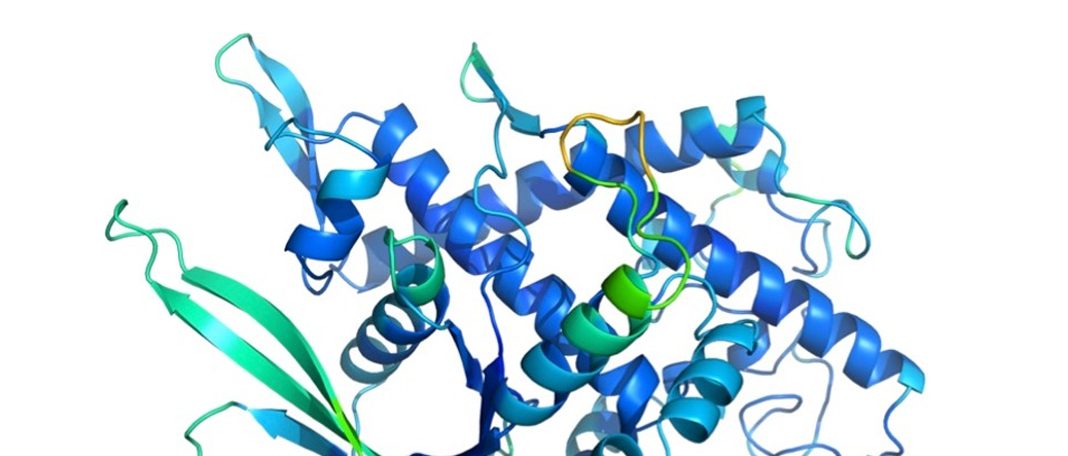An AI program called AlphaFold by DeepMind, Alphabet’s child company that provides artificial intelligent solutions for various scientific research, now predicts how protein folds within a few hours time.
What Are Protein Folds?
Proteins are large, complex molecules that are responsible for several major functions of cells, tissues, and organs. Understanding protein structure has always been a challenge to scientists around the world. It used to be extremely difficult for researchers to come up with accurate results because of the innumerous protein structures in the human body.
Why Is It Important to Study Protein Folds?
A protein is made up of a string of amino acids. Based on the arrangement of the amino acids, each protein’s folds and structure differs. Every protein in the cell should be folded correctly for the proper functioning of the body. Only when the proteins perform their biological functions, one can remain healthy. Improper folding of the proteins can result in diseases such as Alzheimer’s disease, Parkinson’s disease, Huntington’s disease, and other neurogenetic disorders. This is why it is important to study protein folds.
DeepMind’s Recent Achievements in Predicting Protein Folds
In a recent competition that involved the participation of several AI companies, DeepMind’s AlphaFold emerged to be the best in predicting protein folds using the amino acid structures given. Nearly 100 amino acid structures were given whose 3D protein structures were to be determined. AlphaFold led the league by predicting protein structures with an accuracy of 92.5%. This feat was achieved with the combined use of existing databases and an artificially intelligent algorithm created by the company.
“This computational work represents a stunning advance on the protein-folding problem, a 50-year old grand problem in biology”, says Venki Ramakrishnan, the President of the Royal Society in the United Kingdom. Studying protein structures to help find new drugs to treat various diseases and hence, several researchers have come forward to claim that this is one of the greatest advancements in the study of protein folds and structures.

















